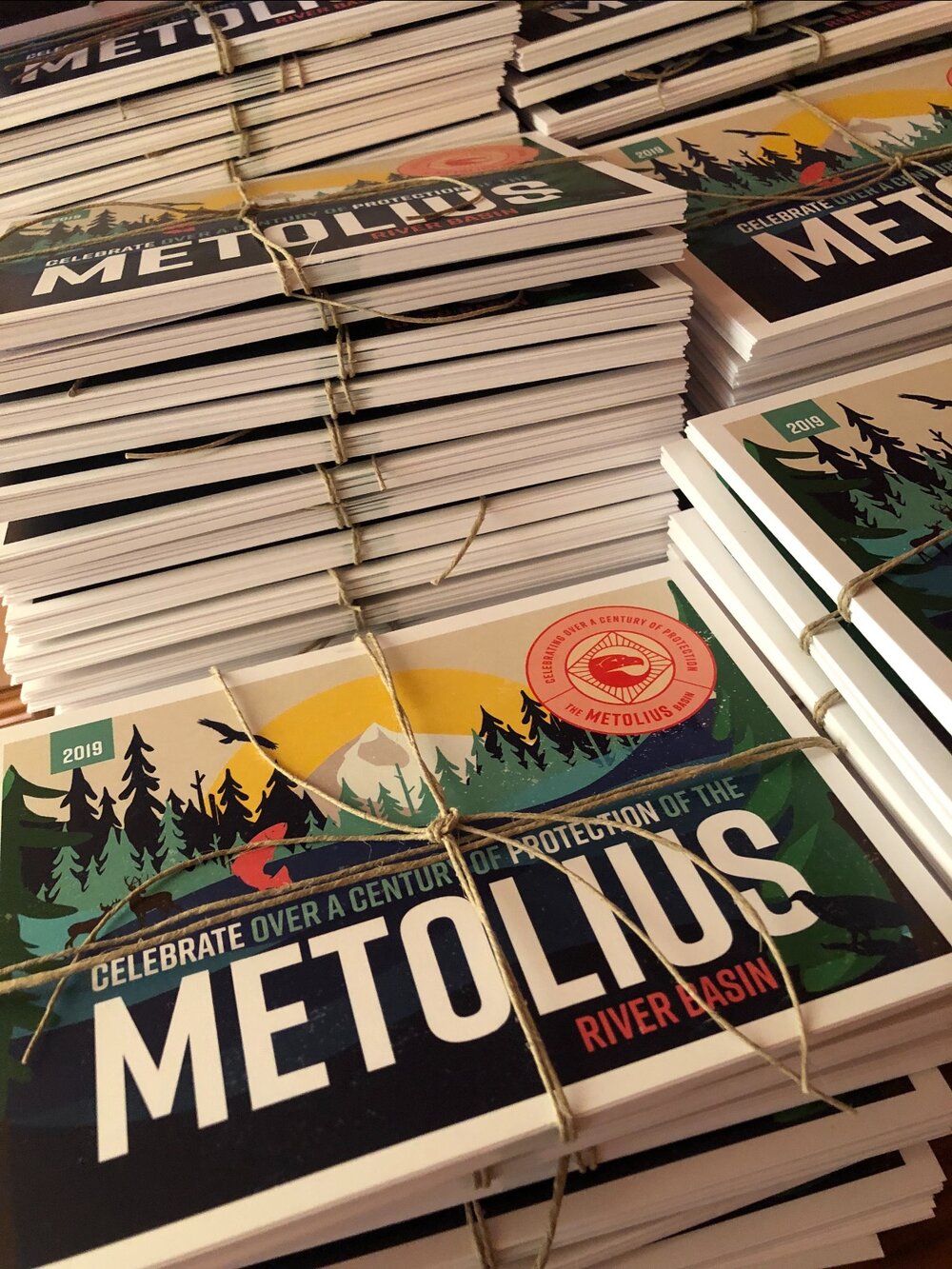Wildlife of the Metolius
A sanctuary for wildlife, the Metolius Basin's 447 square mile drainage includes wilderness and 15,000 acres designated as Wildlife Primitive Area. This includes the rugged country around the Horn of the Metolius, the canyons on the east side of Green Ridge, and Fly Creek Canyon.
With abundant berries, nuts, insects and fish, black bears enjoy an ample food supply in the Basin. The most common and broadly distributed ursid, or species of bear, in North America, black bears can live up to 30 years in the wild and have their cubs every two years. Throughout the seasons they roam the canyons and creeks with other large mammals such as cougar, mule deer, and elk.
Time and again, people have come together to protect this unique place. They have blocked timber sales, stopped destination resorts, and advocated passionately to protect the ecosystem and the fish, plants, and animals that live there. For over three decades, Central Oregon LandWatch has been a proud part of this effort.
$100 for 100 Years of Protection
Receive a special gift when you give $100 to LandWatch to celebrate 100 years of protection the Metolius River Basin. The beautiful set of 12 postcards tells the inspiring stories of generations of families who have stood up for the future of this special place. Write “Metolius” in your donation note to share the spirit of celebration.
Fertile Waters
Named after its large head, bull trout (salveinus confluentus) is a species of char native to the Northwest and one of the most threatened members of the salmon family. Their survival depends on cold, clear waters and undisturbed rivers, making the Metolius cold spring water an ideal habitat.
Every winter, bull trout migrate from Lake Billy Chinook to the spring-fed Metolius. Known as the "grizzly bear of the fish world," they feed voraciously on Kokanee salmon and their eggs. The largest bull trout caught in Oregon weighed over 23 pounds - an angler's dream catch.



